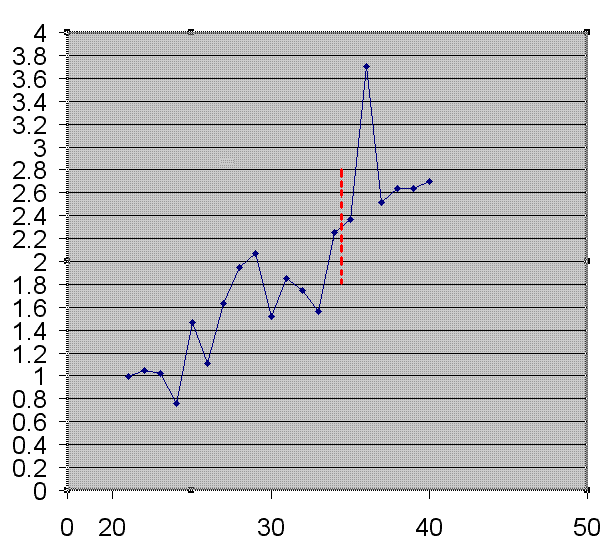The calls to my father started coming in again today. That usually means that there is a new steroid story on the loose. In this case, however, it’s not a new story, but the continuation of a long, drawn-out saga. A book called Game of Shadows : Barry Bonds, BALCO, and the Steroids Scandal that Rocked Professional Sports is set to be released at the end of this month and it chronicles Barry Bonds’s alleged use of performance enhancing drugs.
I expect a media feeding frenzy in the coming days, and with the new Bonds reality show, there should be some excellent TV on the way. However, since the show is being produced by Barry’s production company, I suspect anything incriminating, unsettling, or otherwise unsavory will end up on the cutting room floor. With the book’s pub date more than two weeks away, the articles have started. Watch as Barry’s manager evades questions: “No, no, no, I don’t want to talk about Bonds. I’ll see you later.” Marvel at how the legality of controlled substances is totally misunderstood: “It wasn’t illegal,” Orioles manager Sam Perlozzo said in Florida. “The thing we all worry about is the fact that people discount the fact that you put some numbers up. ” (Note, Perlozzo might want to check out the DEA website; steroids have been classified as a Schedule III controlled substance since 1990.) And then wonder aloud how this is going to affect Bonds’s chase of the homerun record and the associated marketing by MLB.
Speaking of homeruns, I found an interesting piece on homerun trends over a player’s career. Basically, power peaks in the late 20s and early 30s before beginning to fall off precipitously at around age 35. While I grant that there are outliers who top out a bit later or who have a prolonged peak, there is no one quite like Barry Bonds. Game of Shadows reports that Bonds, jealous of the attention Mark McGwire was getting, began a steroid, HGH, insulin, et al. regimen after the 1998 season. The first graph is one that David Luciani at Baseball Notebook put together. It reflects the average power trend over a player’s career.

The second graph uses the same methodology — though normalized to age 21 instead of 20 — and metrics for Bonds. (I whipped this up quickly, so if you see an error, please let me know.) I put a dotted line after the 1998 season as it represents the time that Bonds allegedly started juicing. The power trend is quite unlike anything I’ve ever seen.

(Statheads might also be interested in noting that the Game of Shadows jumped in its Amazon ranking from #119,745 to #9.)
